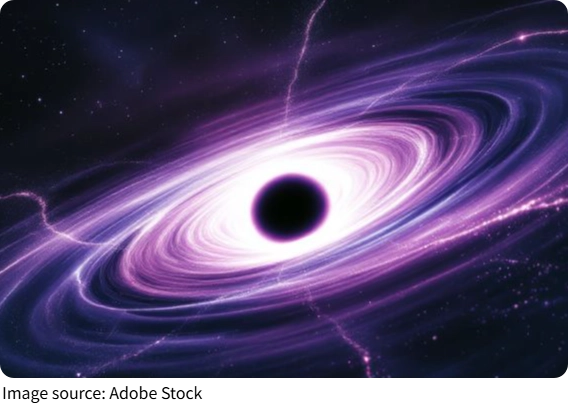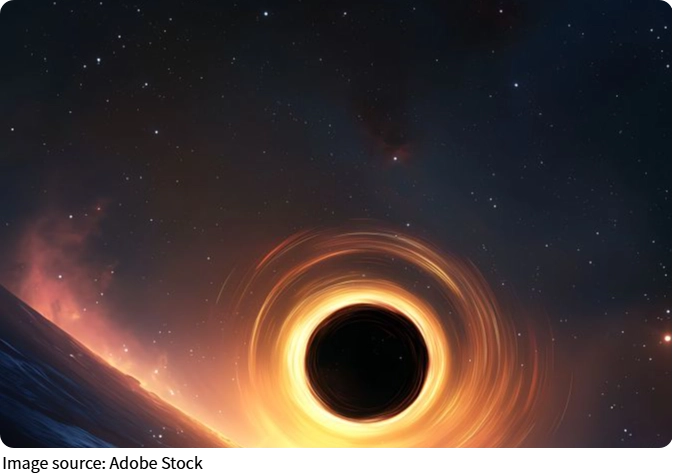Gravitational Waves

In September 2015, scientists made an earth-shattering discovery that would revolutionize our understanding of the universe: gravitational waves.
These ripples in the fabric of spacetime were first predicted by Albert Einstein over a century ago, but detecting them would require an incredible leap in technology and scientific understanding.
So, what are these waves, and why are they so important to our knowledge of the cosmos?
What Are Gravitational Waves?
Gravitational waves are disturbances in spacetime caused by the acceleration of massive objects. They are often compared to ripples in a pond created when you throw a stone into the water. Just as the water moves outward, the gravitational waves spread out from their source, propagating through the universe.
These waves are generated by some of the most powerful events in the universe, such as black hole mergers or neutron star collisions. When two massive objects spiral toward each other and collide, they send out gravitational waves that travel at the speed of light, carrying with them information about their origins. This provides scientists with a new tool to observe the universe in ways that were previously unimaginable.
The First Detection: A Historic Moment
The first detection of gravitational waves came in 2015, when the Laser Interferometer Gravitational-Wave Observatory (LIGO) detected waves from a black hole merger that occurred about 1.3 billion years ago. This discovery was a game-changer. For the first time, scientists could observe an event that was invisible through traditional means like light or radio waves.
The detection process is complex. LIGO uses laser beams and interferometers to measure the incredibly tiny shifts in distance caused by passing gravitational waves. Even though these shifts are smaller than the diameter of a proton, LIGO's precision is enough to detect them. This breakthrough not only confirmed a key prediction of Einstein's general theory of relativity but also opened up a new realm of astrophysical research.
Why Gravitational Waves Matter
Gravitational waves are more than just a scientific curiosity; they are reshaping the way we study the universe. Traditional methods of astronomy rely on electromagnetic waves, such as visible light, X-rays, and radio waves, to explore the cosmos. However, these methods have their limitations. Many cosmic phenomena, like black hole mergers or the interior of neutron stars, are invisible to conventional instruments.
Gravitational waves provide a completely new perspective. Since they are not blocked by dust, gas, or other cosmic obstacles, they allow scientists to study previously hidden phenomena. For example, the waves from a black hole merger can reveal details about the properties of the black holes involved, such as their masses, spins, and the nature of their collision.
The Future of Gravitational Wave Astronomy
Since the first detection, LIGO has made several more observations, and other gravitational wave observatories, like Virgo in Europe, have joined the effort. These collaborations are helping to refine measurements and detect even more distant events.
In the future, the technology behind gravitational wave detection will continue to improve, leading to even more breakthroughs. Scientists are hopeful that, as more and more gravitational wave events are detected, they will be able to probe the most extreme corners of the universe. For instance, they may be able to learn more about the mysterious "dark matter" and "dark energy" that make up most of the universe but remain invisible to other forms of observation.
One exciting possibility is using gravitational waves to study the early universe, just moments after the primordial explosion. These waves might carry a "snapshot" of the conditions in the early universe, helping scientists to answer fundamental questions about its origins and evolution.
Gravitational Waves and Technology: A Symbiotic Relationship
Gravitational wave astronomy has also spurred significant technological advances. The techniques used to detect such tiny distortions in spacetime have improved precision measurement tools in other fields, including medicine, engineering, and even finance. This "spin-off" effect shows that the benefits of these scientific breakthroughs extend far beyond astronomy.
For example, the technology behind LIGO's laser interferometers has inspired new advancements in precision measurement systems used in everything from oil drilling to quantum computing. This crossover highlights how fundamental research can lead to practical applications that enhance life on Earth.

A New Era of Exploration
Gravitational waves are ushering in a new era of exploration that promises to uncover the universe's deepest mysteries. With every new detection, we move closer to understanding the most extreme cosmic events and the fundamental laws that govern the universe.
These waves give us a glimpse into the hidden parts of space and time, where traditional methods of observation fail. As technology advances and more data is collected, the possibilities for new discoveries are endless. And with each breakthrough, we continue to expand the frontiers of human knowledge.

 · Astronomy Team
· Astronomy Team